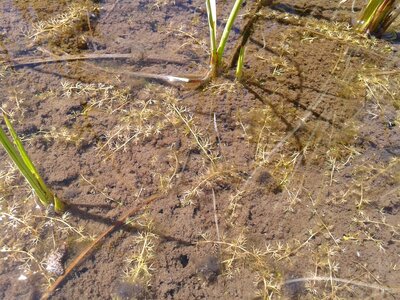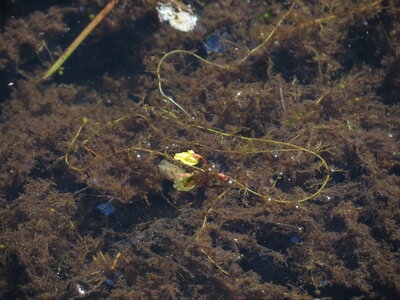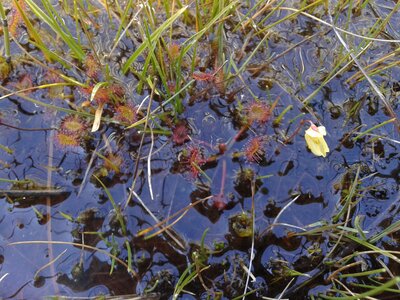Q44 Calcareous quaking mire
Calcareous quaking mire develops in as a topogenic mire in basins fed by very calcareous, nutrient-poor groundwater, with generally thin peat, less than 2 m thick. It occurs widely throughout Europe but is most widespread in Finland and Sweden. The surface is kept permanently very wet and covered by an extensive moss carpet with only sparse vascular plants, sometimes disposed over irregular patterns of flarks and hollows. Calcium precipitation can occur on the surface, and the carpet is often interrupted by stretches of open water.
Chytrý M., Tichý L., Hennekens S.M., Knollová I., Janssen J.A.M., Rodwell J.S. … Schaminée J.H.J. (2020) EUNIS Habitat Classification: expert system, characteristic species combinations and distribution maps of European habitats. Applied Vegetation Science 23: 648–675. https://doi.org/10.1111/avsc.12519
Version 2025-10-03, https://doi.org/10.5281/zenodo.16895007.
For the official presentation of the EUNIS Habitat Classification from the European Environment Agency, please see: EUNIS Terrestrial Habitat Classification 2021. The FloraVeg.EU presentation may show modifications and partial updates to the habitat classification.




1.jpg)
2.jpg)